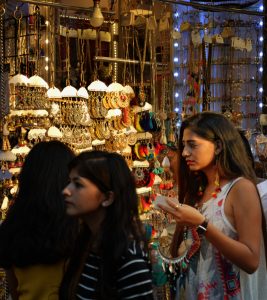
Have you ever wondered why women's clothes often come with a higher price tag than men's? This phenomenon is known as the gender pricing gap, and it has been a topic of discussion for years. In this blog post, we will explore the reasons behind this pricing disparity and the impact it has on women.
- Design and Production Costs
One of the main reasons why women's clothes cost more is due to the design and production costs. Women's clothing tends to be more complex in design, with more intricate details and embellishments. This means that it takes more time and resources to produce each garment, which drives up the cost.
- Marketing and Advertising
Another factor that contributes to the gender pricing gap is marketing and advertising. Women's clothing is often marketed as a luxury item, with high-end brands and designers charging a premium for their products. This is because women are often seen as more fashion-conscious and willing to spend more on their appearance.
- Size and Fit
Women's clothing also tends to come in a wider range of sizes and fits than men's clothing. This means that manufacturers have to produce more variations of each garment, which can increase the cost of production. Additionally, women's clothing often requires more attention to detail in terms of fit, which can also drive up the cost.
- Social Expectations
Finally, social expectations also play a role in the gender pricing gap. Women are often expected to look a certain way and to dress in a certain style, which can lead to higher demand for certain types of clothing. This demand can drive up the price of these items, as manufacturers know that women are willing to pay more for them.
In conclusion, the gender pricing gap is a complex issue that is influenced by a variety of factors. While some of these factors, such as design and production costs, are understandable, others, such as social expectations, are more problematic. As consumers, it is important to be aware of these issues and to advocate for fair pricing practices.


